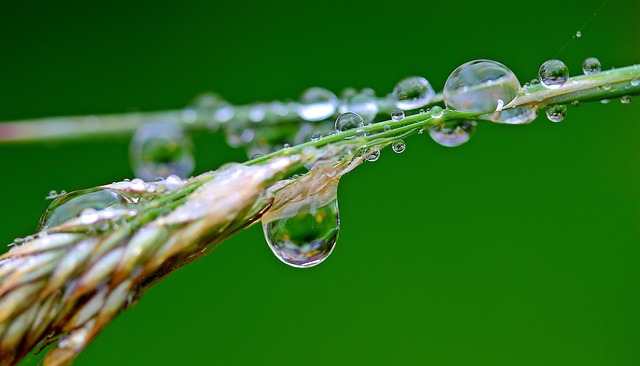San Antonio homeowners are prone to water damage from leaky pipes, intense rainfall/flooding, poor drainage, appliance malfunctions, and natural disasters. Identifying these 5 common culprits is key to preventing structural damage and mold growth. Quick response for bursts, gradual preparation for roof leaks, and professional mitigation services help salvage flooring and reduce costs.
In San Antonio, water damage is a prevalent concern, with the city’s unique climate and terrain contributing to the 5 most common causes: heavy rainfall, faulty plumbing, appliances, flooding, and storms. This article provides an insightful guide on navigating these challenges. We explore effective mitigation strategies for homeowners and professionals alike, focusing on quick action and specialized techniques. Furthermore, we delve into the often-overlooked aspect of flooring salvage after water damage, offering a comprehensive step-by-step approach to ensure your home’s recovery.
- Understanding Water Damage in San Antonio Homes: The Top 5 Causes
- Mitigating Water Damage: Strategies for Homeowners and Professionals
- Salvaging Flooring After Water Damage: A Comprehensive Guide
Understanding Water Damage in San Antonio Homes: The Top 5 Causes

Water damage is a prevalent concern for homeowners in San Antonio, often stemming from various sources. Identifying the top 5 most common causes can help residents be better prepared and proactive about prevention. Firstly, leaky pipes are a significant contributor to water damage, especially during freezing winters when pipelines burst. This can lead to substantial water infiltration into homes, causing structural damage and fostering mold growth if left unchecked.
Secondly, heavy rainfall and flooding events, not uncommon in San Antonio’s climate, can overwhelm drainage systems, leading to basement leaks or even first-floor inundation. Thirdly, poor drainage around the home, such as clogged gutters or improperly sloped yards, can result in water pooling against foundations, exerting pressure that may compromise structural integrity over time. Fourthly, appliance malfunctions, like a refrigerator or washing machine, pose a risk of water spills and leaks, particularly if not promptly addressed. Lastly, natural disasters like hurricanes or severe storms can bring intense winds and torrential downpours, potentially causing roof damage or window breakages, allowing rainwater intrusion into homes.
Mitigating Water Damage: Strategies for Homeowners and Professionals

Water damage is a prevalent issue in San Antonio homes, often stemming from the area’s unique climate and occasional severe weather events. Identifying and addressing water damage early is crucial for homeowners and professionals alike to prevent extensive repairs and costly renovations. Understanding the 5 most common causes of water damage in San Antonio homes can be a game-changer.
First and foremost, plumbing issues top the list. Leaky pipes, whether from old fixtures or frozen and burst pipelines during cold winters, can lead to substantial water loss. Second, roof leaks are another frequent culprit, especially with aging roofs or improper installation. Third, excessive rainfall and flooding events contribute significantly, highlighting the need for robust drainage systems and waterproof barriers. Fourth, appliance malfunctions, such as washing machines or dishwashers, can cause sudden floods if not equipped with proper safety mechanisms. Lastly, foundation cracks allow moisture ingress, especially when combined with poor drainage around the property.
Salvaging Flooring After Water Damage: A Comprehensive Guide

After a flood or water leak, salvaging flooring can be a significant step in the water mitigation process for San Antonio homeowners. With prompt action, it’s possible to recover and reuse floors, reducing costs and environmental impact. The first step is assessing the extent of damage caused by the 5 most common causes of water damage in San Antonio homes: broken pipes, roof leaks, storm surges, foundation cracks, and appliance malfunctions. Each scenario requires a tailored approach for effective flooring salvage.
For example, if water originated from a burst pipe, quick response is crucial to minimize water saturation. In contrast, roof leaks may result in gradual water intrusion, allowing more time for preparation. Professional water mitigation services can guide homeowners through the process, employing advanced techniques like drying, decontaminating, and refinishing to extend the life of salvaged flooring.
Water damage is a significant concern for homeowners in San Antonio, with the 5 most common causes identified in this article. Effective mitigation strategies are essential to minimize losses and protect properties. By understanding these issues and implementing timely actions, residents can significantly reduce water-related damage. Moreover, salvaging flooring after water damage requires specialized knowledge and tools, as outlined in our comprehensive guide. With the right approach, it’s possible to restore floors while ensuring a healthier and safer living environment.
